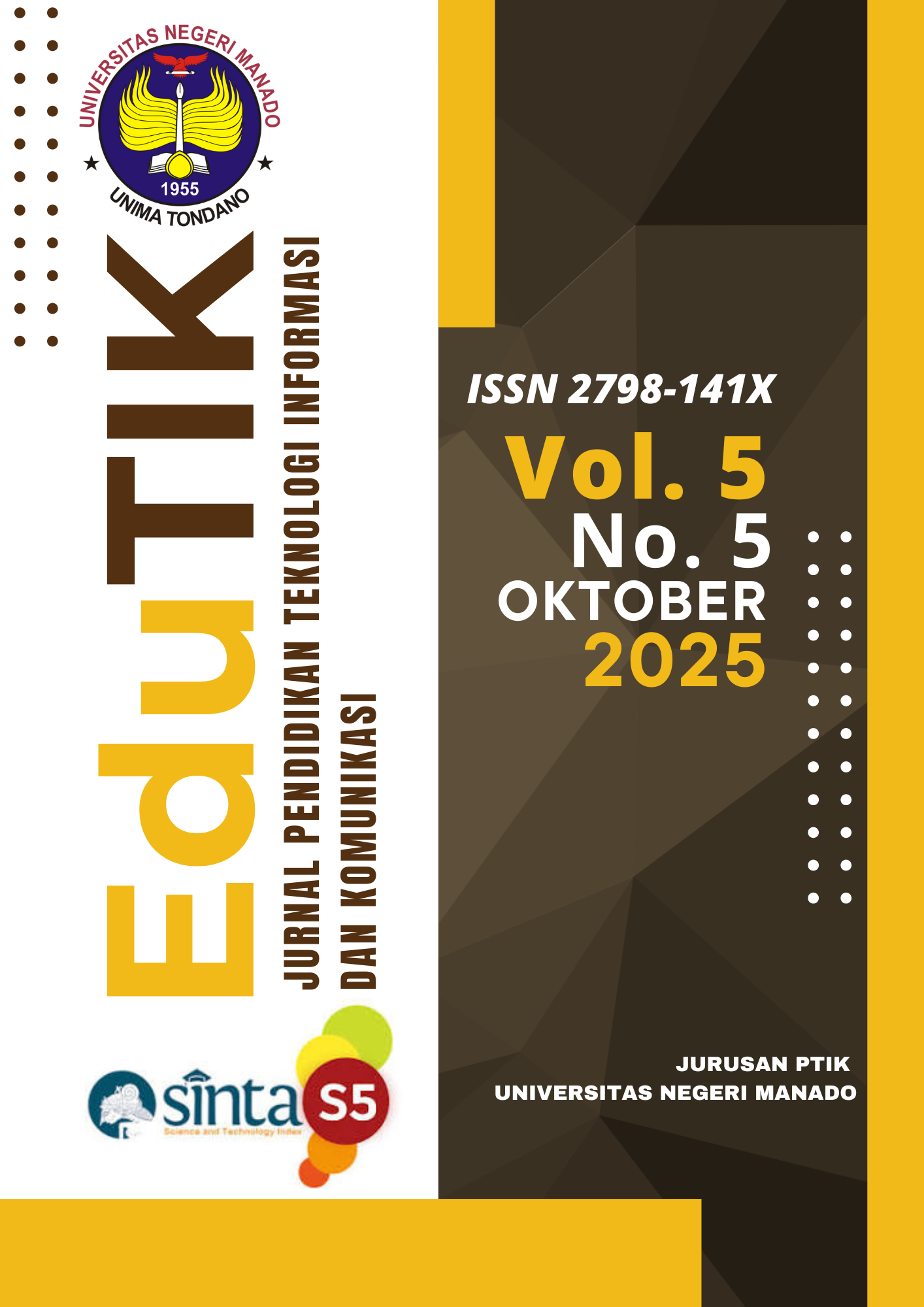Representasi Mitos Kebahagiaan Keluarga dan Krisis Paruh Baya dalam Film American Beauty
Keywords:
semiotika Roland Barthes, mitos, kebahagiaan keluarga, krisis paruh baya, American BeautyAbstract
This study aims to analyze the representation of the myth of family happiness and midlife crisis in the film American Beauty (1999) using Roland Barthes' semiotic analysis. The research approach used is descriptive qualitative, with the object of study being relevant scene excerpts related to the research focus. Data was collected through documentation and analyzed using Barthes' three levels of meaning: denotation, connotation, and myth. The results of the study indicate that the myth of family happiness is represented through the image of an ideal family that appears harmonious on the surface but harbors emotional distance and internal conflict. The midlife crisis is represented through the character of Lester Burnham, who experiences boredom, loss of identity, and rebellion against the routine of life. These two issues are interrelated, where the myth of family happiness creates social pressure that triggers the midlife crisis, while the crisis exposes the illusion behind the image of the ideal family. This study concludes that American Beauty not only represents social reality but also critiques Western popular culture's construction of family happiness and the midlife phase, emphasizing that happiness is subjective and does not always align with social standards.
References
Arlinta, Deonisa & Dwi utami, K. (2024). Tingkat Kebahagiaan Keluarga Indonesia Cukup Tinggi, tetapi Kurang Berkualitas. https://www.kompas.id/ baca/humaniora/2024/06/29/keluarga-indonesia-masih-rapuh-tingkat-kebahagiaan-cukup-tinggi-tetapi-kurang-berkualitas.
Barthes, R. (2024). Kritik Dan Kebenaran: Analisis Kritik Wacana. IRCISOD.
Dina, A. S. (2025). Konsep Pubertas Kedua Dalam Pernikahan Perspektif Maṣlaḥah Mursalah (Studi Pada Masyarakat Desa Wono Agung Kecamatan Rawajitu Selatan Kabupaten Tulang Bawang) (Doctoral dissertation, UIN Raden Intan Lampung).
Efendi, E., Siregar, I. M., & Harahap, R. R. (2024). Semiotika tanda dan makna. Da'watuna: Journal of Communication and Islamic Broadcasting, 4(1), 154-163.
Fadli, M. R. (2021). Memahami desain metode penelitian kualitatif. Humanika, kajian ilmiah mata kuliah umum, 21(1), 33-54.
Iskandar, D. S. (2016). Mitos Jurnalisme. Penerbit Andi.
Juliant, T. A. (2024). Representasi mitos dan kepercayaan lokal dalam film Sekawan Limo: Kajian Semiotika Rolland Barthes. Al-Furqan: Jurnal Agama, Sosial, dan Budaya, 3(6), 2704-2729.
Kurniasari, A. (2017). Krisis paruh baya dan penanganannya. Sosio Informa, 3(2).
Nofia, V. S. S., & Bustam, M. R. (2022). Analisis Semiotika Roland Barthes Pada Sampul Buku Five Little Pigs Karya Agatha Christie. Mahadaya: Jurnal Bahasa, Sastra, Dan Budaya, 2(2), 143-156.
Rahmat, M. (2023). Analisis Kekuasaan, Kebudayaan dan Pribumisasi. Jurnal Mirai Management, 8(1), 73-72.
Saleh, F., Aras, N. A. M., & Wahyudi, F. (2023). Interpretasi Makna Lagu Bugis “Alosi Ripolo Dua”: Analisis Semiotika Roland Barthes. Jurnal Idiomatik: Jurnal Pendidikan Bahasa Dan Sastra Indonesia, 6(2), 185-195.
Salsabila, D., & Umboro, D. (2025). Perancangan Skrip Film Bertema Sosial: Strategi Penyampaian Pesan untuk Masyarakat. Jurnal Cakrawala Ilmiah, 4(6), 851-854.
Siahaan, A. E. J. (2024). Representasi Kekuatan Media Massa dalam Film “Don’t Look Up” Karya Adam McKay. DIALOGIA, 1(2).
Waliulu, Y. S., Arianto, T., Septriani, S., Alfathoni, M. A. M., Dewi, N. P. S., Hamzaini, H., ... & Musawir, L. O. A. (2024). TV dan Film. Yayasan Tri Edukasi Ilmiah.

















